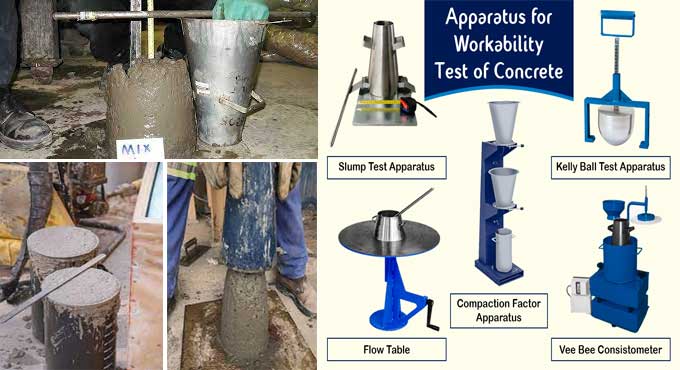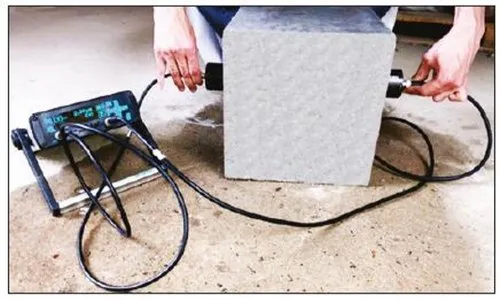Basic Knowledge for a Civil Engineer
Concrete Grades
M7.5= 1 : 4 : 8
M10 = 1 : 3 : 6
M15 = 1 : 2 : 4
M20 = 1 : 1.5 : 3
Note: M20 & above grade based on Design Mix
M10 = 1 : 3 : 6
M15 = 1 : 2 : 4
M20 = 1 : 1.5 : 3
Note: M20 & above grade based on Design Mix

Example:-M15 concrete mix has a mix proportion of 1:2:4 of cement, fine aggregate, and coarse aggregate respectively.
M15 – M represents Mix and 15 N/mm2 is the characteristic compressive strength of concrete cube at 28 days.
Reinforcement
- Minimum bars for square column is 4 No’s and 6 No’s for circular column.
- Main bars in the slabs shall not be less than 8 mm (HYSD) or 10 mm (Plain bars) and the distributors not less than 8 mm and not more than 1/8 of slab thickness.
- Lapping is not allowed for the bars having diameters more than 36 mm.


Slump IS 456
- Lightly reinforced 25 – 75 mm.
- Heavily reinforced 75 – 100 mm.
- Trench fill (insitu & Tremie) 100 – 150 mm (For Tremie no need of vibrator).

Test on Fresh concrete
- Slump Test- Workability
- Compacting Factor Test
- Vee-Bee Test

Test on Hardened Concrete
Rebound Hammer Test
Ultrasonic Pulse Velocity Test


Curing Days Required
- Super Sulphate cement : 7 days.
- Ordinary Portland cement OPC : 10 days.
- Minerals and Admixture added cement : 14 days

more than 200mm for filling above structure and 300 mm for no structure.

